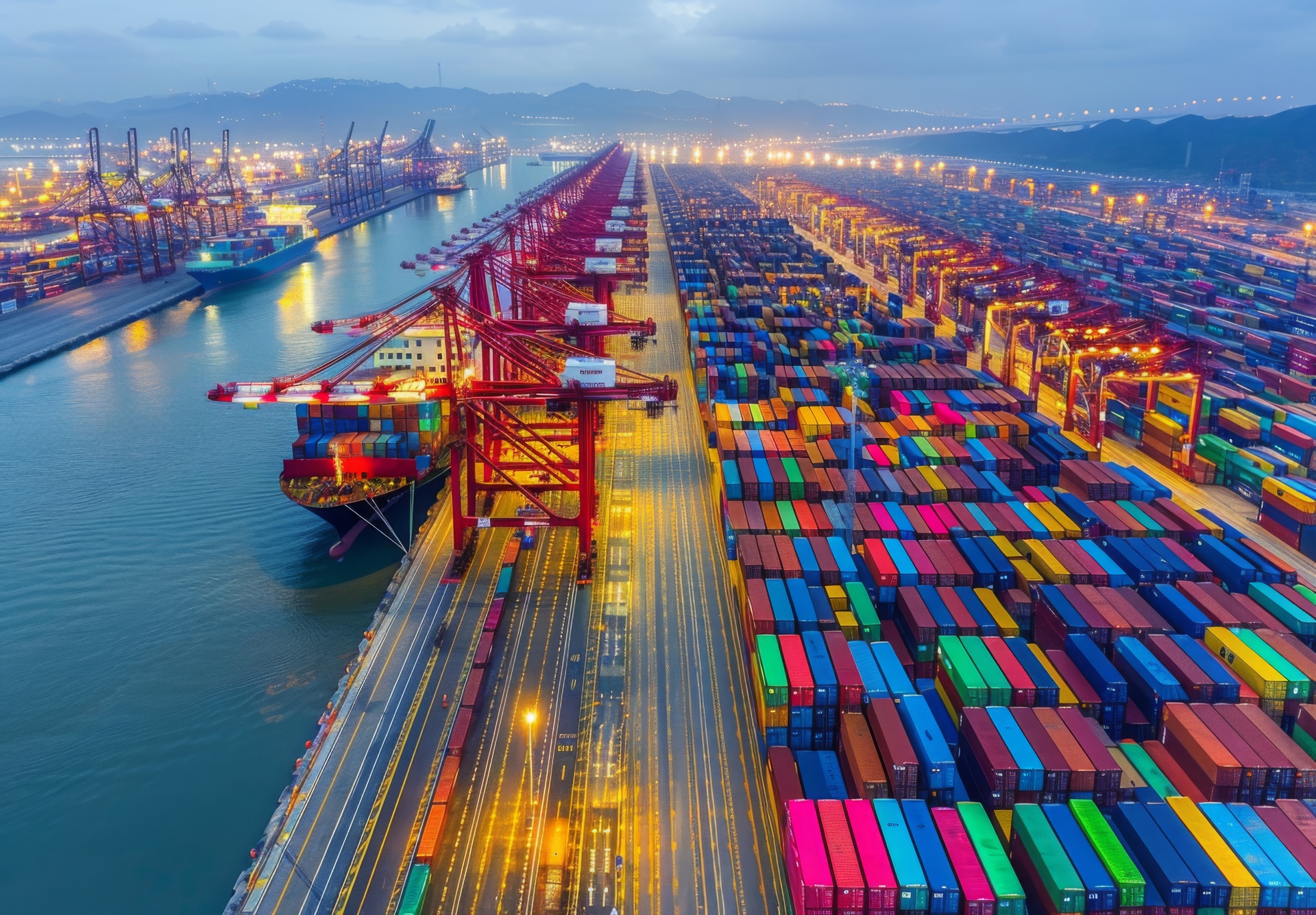
As 2025 unfolds, global trade flows are being reshaped by acritical yet underreported trend: the growing dominance of origin-controlled cargo in the trans-Pacific eastbound market. In a tariff-heavy landscape, more shippers and manufacturers in Asia—especially in China—are seizing control of ocean freight booking from the outset.
This trend is no longer confined to niche scenarios. It’s a systemic shift fueled by escalating U.S. tariffs, rate volatility, digital booking platforms, and evolving buyer-seller relationships across the Pacific.
In global logistics, "origin-controlled cargo" refers to shipments where the freight is purchased and controlled by the exporter (typically based in Asia) rather than the importer(typically in the U.S.). This is the opposite of the traditional FOB(Free on Board) model, where U.S. buyers arrange their own shipping. Instead, sellers are offering DDP (Delivered Duty Paid) or CIF (Cost, Insurance, and Freight)terms—absorbing more responsibility and cost upfront.
U.S. tariffs, recently intensified under the Trump administration, are a major driver. With increased unpredictability in customs duties, many smaller U.S. importers are opting to shift shipping responsibilities to their suppliers to reduce risk exposure.
“Smaller importers are choosing DDP terms to avoid duty uncertainty,” notes Kurt McElroy of Kerry Apex.
The shift is not only about tariffs—it’s about volatility. With freight rates fluctuating wildly and capacity tightness returning, importers—both big and small—are increasingly favoring cost-stable, supplier-controlled shipping terms. Even retail giants like Walmart are adjusting their procurement terms based on market swings, sometimes preferring CIF over FOB to maintain pricing leverage with suppliers.
Digital booking platforms provided by ocean carriers such as Maersk, CMA CGM, and Hapag-Lloyd are also enabling exporters to take more control over bookings. With easier access and better visibility, Asian sellers now have more tools to manage the logistics end-to-end.
For decades, U.S. buyers dictated freight flows. But as Chinese, Korean, and Japanese firms grow their own global brands and establish sales offices overseas, they are following a similar playbook:
As Lian Hoon Lim of Alix Partners points out, this model mirrors the export evolution of South Korea and Japan. Chinese firms like Huawei may increasingly adopt this “self-controlled logistics ”model, shifting long-term power over freight purchasing from West to East.
For freight forwarders, 3PLs, and logistics tech providers, this shift represents both a challenge and an opportunity. Companies must adapt their go-to-market strategies to engage more directly with exporters at origin—offering digital tools, visibility solutions, and tailored service bundles.
At Worldtop & Meta, we are already anticipating this pivot. Our upcoming Verified Service Provider (VSP) Database is designed to empower both origin-side and destination-side stakeholders. By providing verified, trusted partners across Asia and North America, we’re helping logistics decision-makers navigate uncertainty—wherever they sit on the trade route.
👉 Explore the VSP Early Access